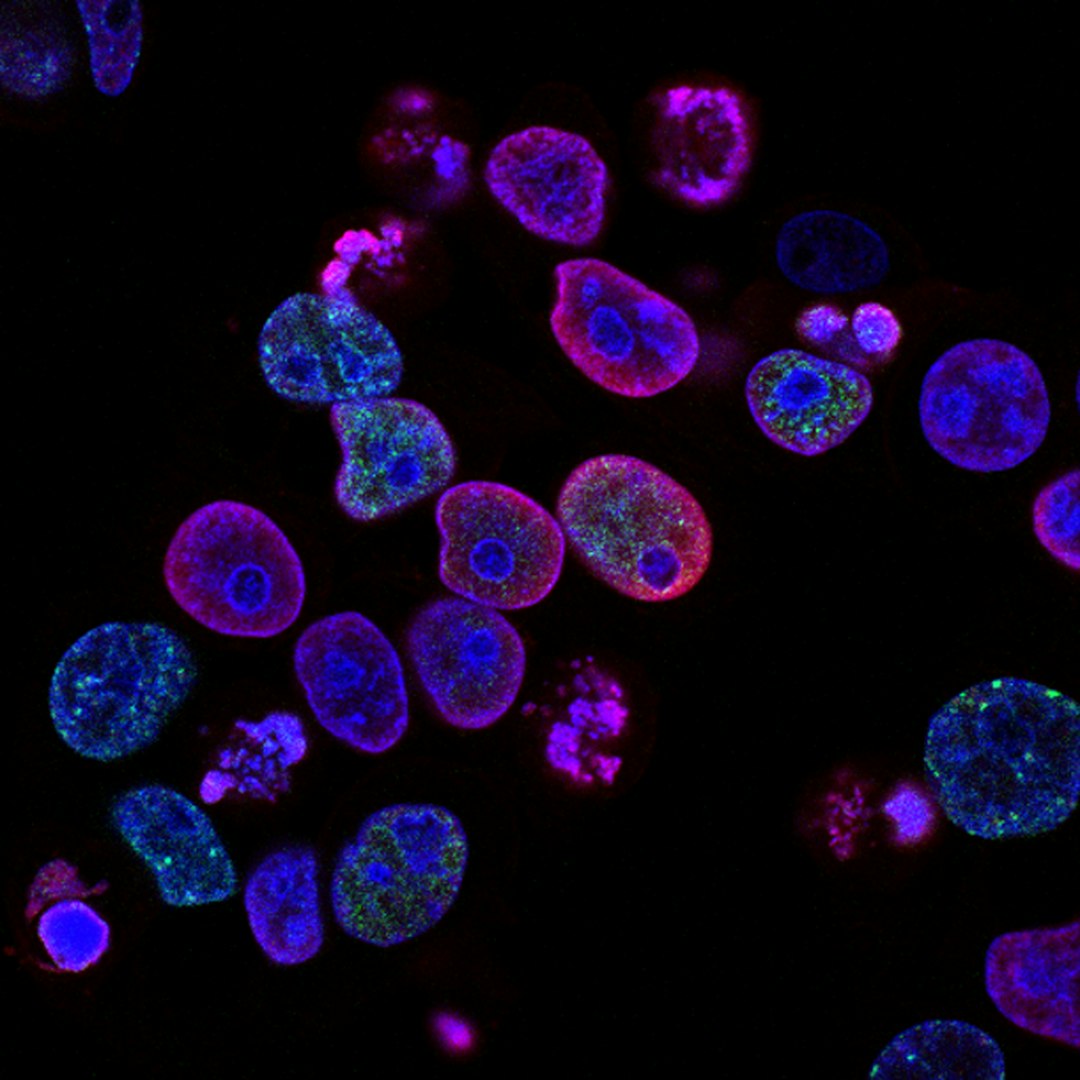Robotics in Manufacturing: Streamlining Processes and Improving Productivity
With the ever-increasing demands of production, it has become imperative for manufacturing industries to adopt the latest technological advancements for enhancing productivity and streamlining processes. Among these advancements, the integration of robotics in manufacturing has emerged as a game-changer, revolutionizing the way factories operate. This blog post explores the significant impact of robotics in manufacturing and how it contributes to streamlining processes and improving productivity.
One of the primary advantages of robotics in manufacturing is its ability to automate repetitive tasks. Humans tend to get fatigued and make errors when performing monotonous tasks, which can lead to delays and costly mistakes. However, robots can work tirelessly without compromising accuracy, thereby reducing the margin for errors. This automation not only enhances the overall quality of products but also improves the manufacturing speed by reducing cycle times.
Moreover, robotics allows for increased precision and efficiency in the manufacturing process. Robots can perform intricate operations with high precision, ensuring consistent quality and reducing waste. From assembling components to welding and painting, robots can execute tasks with a level of accuracy that surpasses human capabilities. By minimizing deviations and errors, manufacturers can achieve higher product quality and reduce the need for rework, ultimately saving time and resources.
In addition to precision, robotics enables manufacturers to carry out complex tasks that were once deemed unachievable. Robotics technology has advanced to the extent that it can handle intricate operations that require sophisticated manipulation and delicate handling. These capabilities have paved the way for advancements in fields such as electronics, aerospace, and medical device manufacturing. The inclusion of robotics in these industries has not only opened new possibilities but has also contributed to improved overall efficiency.
Furthermore, robotics in manufacturing promotes workplace safety for employees. Certain manufacturing processes can be hazardous and pose risks to human workers. By delegating these tasks to robots, manufacturers can greatly reduce the risk of workplace accidents and injuries. Robots are designed to operate in hazardous environments, handle heavy loads, and withstand extreme temperatures. This ensures a safer work environment and reduces the burden on human workers, allowing them to focus on more complex and intellectually demanding tasks.
Additionally, robotics contributes to the overall productivity of manufacturing plants. By automating various processes, manufacturers can minimize idle times, optimize production schedules, and achieve higher output. Companies utilizing robotics can operate their facilities round-the-clock, increasing productivity significantly. Furthermore, robots can work at a consistent pace without the need for breaks or holidays, unlike human workers. This persistent presence promotes uninterrupted production, accelerating the overall output and improving efficiency.
However, it is important to note that while robotics technology offers numerous benefits, it also raises concerns regarding job displacement. The fear is that as robots take over certain tasks, there will be a decline in employment opportunities for human workers. However, history has shown that with technological advancements, newer jobs are created that require a different set of skills. Instead of eliminating jobs, robotics can open doors to more specialized positions, focusing on robot maintenance, programming, and supervising operations.
In conclusion, the inclusion of robotics in manufacturing has proven to streamline processes and improve productivity significantly. From automating repetitive tasks to increasing precision and efficiency, robotics technology has revolutionized the manufacturing landscape. With the right implementation and considerations to address employment concerns, robotics presents a promising future for the manufacturing industry, where human-robot collaboration can lead to unprecedented levels of productivity and growth.









